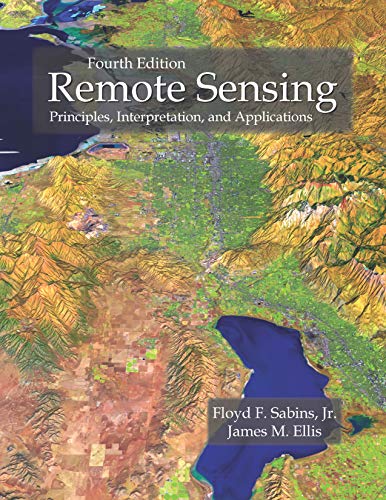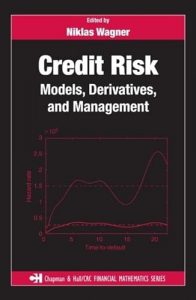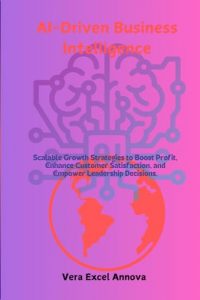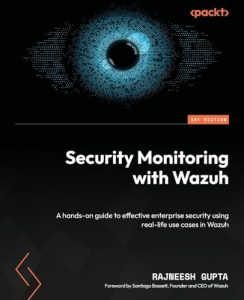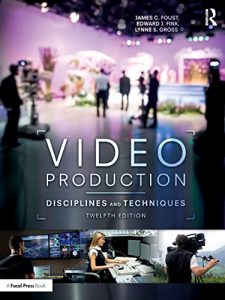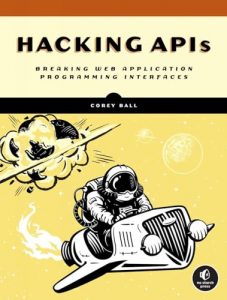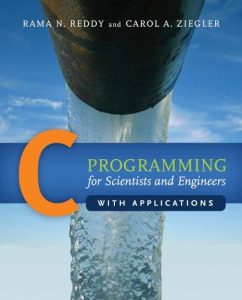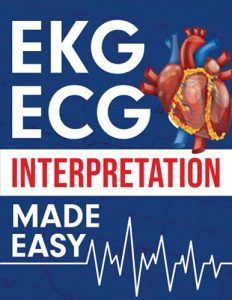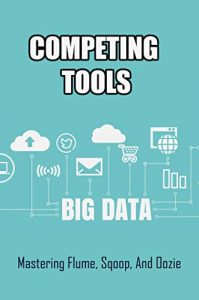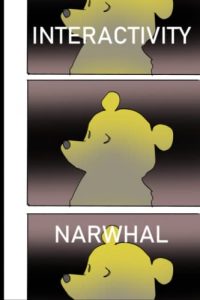In today’s world, where technology advances at a lightning pace, understanding the nuances of remote sensing has never been more vital. As remote sensing technologies are being leveraged in various fields — from agriculture to urban planning, and environmental monitoring, it is imperative to stay informed and educated on their principles and applications. The realm of remote sensing is rich with knowledge, and the following books represent an invaluable collection that can guide you through the complexities of this fascinating field.
Whether you are a student aspiring to expand your knowledge, a practitioner seeking to enhance your skills, or a researcher delving into innovative applications, these books serve as essential resources. From foundational principles to advanced techniques, this curated list promises to equip you with the insights needed to navigate the world of remote sensing technologies effectively.
1. Remote Sensing: Principles, Interpretation, and Applications, Fourth Edition
Published by Waveland Press, Inc., this fourth edition provides a comprehensive exploration of remote sensing principles and their practical applications. Whether you are new to the subject or looking to deepen your existing knowledge, this book covers a wide range of topics including sensor technologies, interpretation of imagery, and real-world applications in environmental science and land use planning. The clear, concise writing style, combined with practical visuals, makes complex concepts accessible. Essential for anyone serious about understanding the landscape of remote sensing!
2. Remote Sensing and Image Interpretation
Wiley’s ‘Remote Sensing and Image Interpretation’ is an essential text aimed at providing both theoretical frameworks and practical insights. This book delves deep into image processing techniques and interpretation methodologies while illustrating concepts with engaging imagery and case studies. Perfect for both beginners and practitioners looking to refine their expertise, it empowers readers to harness the power of remote sensing for effective decision-making in environmental management.
3. Introduction to Remote Sensing
With a solid foundation in remote sensing, The Guilford Press presents an introductory text that lays the groundwork for understanding satellite imagery and its applications. Priced affordably, this book elucidates the principles of capturing spatial data and exploring its implications in environmental and geographical research. An excellent read for those stepping into the field!
4. Remote Sensing of the Environment: An Earth Resource Perspective
This book, published by Pearson, goes beyond basic concepts to examine the environmental applications of remote sensing technology. It provides case studies and real-world examples that illustrate the impact of remote sensing in monitoring global change and managing natural resources. Perfect for environmentalists and researchers looking to utilize remote sensing in innovative ways.
5. Hyperspectral Imaging Remote Sensing: Physics, Sensors, and Algorithms
This text dives deep into the physics of hyperspectral imaging, providing insights into the sensors used and the algorithms for data processing. It is an ideal choice for students and professionals who want to adopt advanced imaging techniques for precision agriculture and environmental monitoring, with a focus on the latest advancements in remote sensing technology.
6. Introduction to Remote Sensing, Fifth Edition
A return to fundamental principles, this updated edition continues to serve as a key introductory text for those venturing into the world of remote sensing. It’s an accessible yet comprehensive book, filled with up-to-date content on the latest technologies and methodologies that have emerged in the field. It’s a fantastic addition to any library.
7. Remote Sensing Physics: An Introduction to Observing Earth from Space (AGU Advanced Textbooks)
This advanced textbook explores the physics underlying remote sensing methodologies, tailored for those looking to delve into scientific research and applications. With a focus on observation techniques from space, it is essential for graduate students and researchers interested in furthering their study of remote sensing technologies.
8. Digital Elevation Model Technologies and Applications: The DEM Users Manual, 3rd Edition
This manual presents critical information for users of Digital Elevation Models (DEMs), providing guidelines on the technologies and applications available. This book serves as an essential reference for anyone tracking elevation changes or mapping topographical data, demonstrating the vital role DEMs play in remote sensing.
9. Remote Sensing
As a comprehensive resource published by Academic Press, this book consolidates various aspects of remote sensing and provides a thorough overview of the current technologies and applications in use today. It’s a beneficial read for both novices and seasoned professionals looking to refresh their knowledge and improve their applications in remote sensing.

